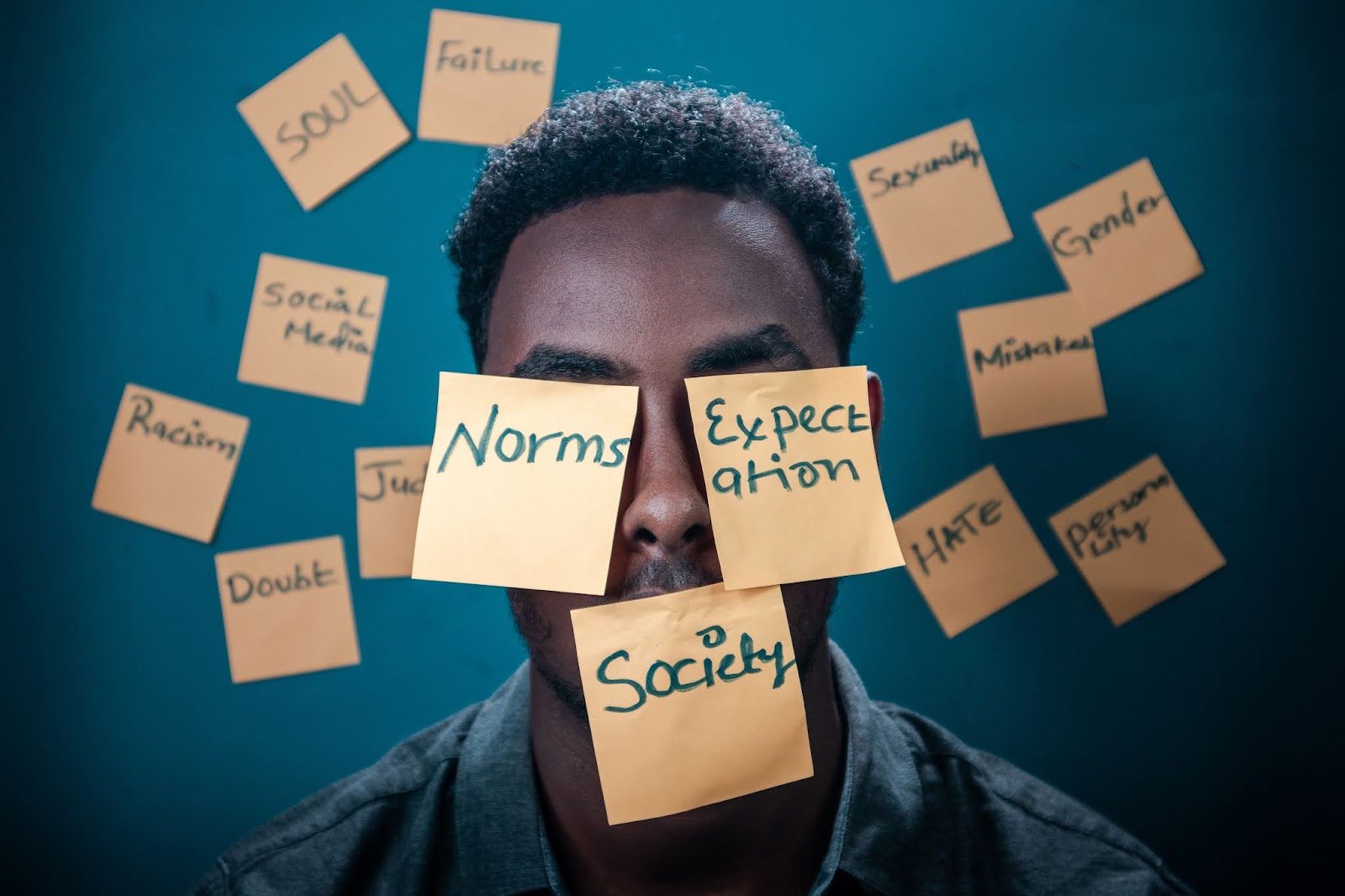Navratri is a festival which is celebrated with great zeal and enthusiasm all over India. Occurring usually in the month of September and October, this festival is observed in honour of Goddess Durga. It spans over nine days and different avatars of Goddess Durga are worshipped with utmost devotion. The word Navratri is derived by combining two Hindi words -- 'Nav' and 'Ratri' which means Nine Days. Therefore, as the name suggests, the festival lasts for nine days and it is celebrated through numerous festivities like Garba, Dandiya etc.
The Background to Navratri:
This essay on Navratri explores the origins of the key national holidays. One of India's most blessed holidays is Navratri. Similar to the Holi celebration, Navratri symbolises the victory of good over evil. The history of the Navratri festival is ancient and famous. This auspicious event honours Goddess Durga's heroic struggle over the demonic Mahishasura. He was a buffalo-headed demon that pleased Lord Shiva, therefore he granted him the blessing of invincibility. But there was a catch: He could only be killed or defeated by a woman.
Over time, Mahishasura amassed power by harming defenceless people, and no God could thwart him. In order to exterminate the demon, Lord Vishnu, Brahma, and Shiva ultimately agreed to create Durga, the personification of Goddess Parvathi. A sword and an axe were among the distinctive weapons they handed her.
In order to fight Mahishasura, Goddess Durga travelled to Earth equipped with all of Lord Brahma, Vishnu, and Shiva's abilities and weapons. When Mahishasura was seduced by Goddess Durga's beauty and requested her hand in marriage, the conflict started. Mahishasura tricked Goddess Durga for nine of the ten days of their battle, changing his appearance from human to animal and taking on various shapes and sizes. On the tenth day, he was once transformed into a buffalo and slaughtered by the goddess, which became known as Vijaydashmi, the day of victory.
The value of Navratri:
Numerous holidays are packed into India's calendar. These are chances to celebrate life and express gratitude to the various deities. One of the most significant festivals is Navratri, which lasts nine days. The festivities for Dussehra and Diwali, which follow quickly after, are preceded by this festivity. During the bright half of the Hindu month of Ashvin, which falls in September or October on the Gregorian calendar, Navratri takes place.
During Navratri, people typically worship the Shakti aspect of God. Various representations of the Goddess Durga are worshipped over the course of the nine-day festival. This festival commemorates the famous conflict between the goddess Durga and the demon king Mahishasura and honours the triumph of good over evil. Each of the nine days of Navratri is connected with one of the nine incarnations of Goddess Durga, and the entire festival is devoted to the adoration of these nine incarnations.
Navratri celebration:
After gaining such a blessing, Mahisasura started to think of himself as a god and started utilising his powers improperly all over the globe, ultimately slaying Agni Vayu and all the gods. Agni Vayu was beaten by Rya Chandra Indra Varuna, which upset the gods. The gods then turned to Brahmaji, Vishnu, and Shiva Ji for assistance in overthrowing Mahishasura's dominion. They asked for release from Mahishasura's horrors as a solution. Home calls and feedings are given to girls as if they were moms. Additionally, Durga Maa pandals are produced in other eastern Indian regions, such as West Bengal. There are many worshipers attracted to these pandals. The goddess Durga is highly regarded. There are numerous locations where you can find Jagran song programmes. People in this region submerge the clay figurines of Goddess Durga in water on the ninth day.








.jpeg)


.JPG)
0 Comments